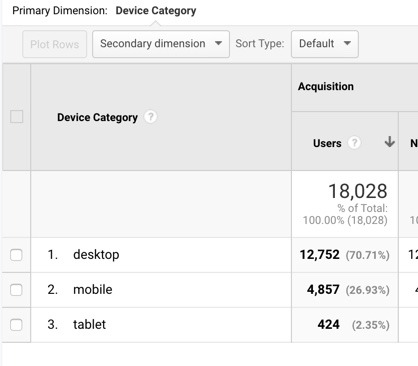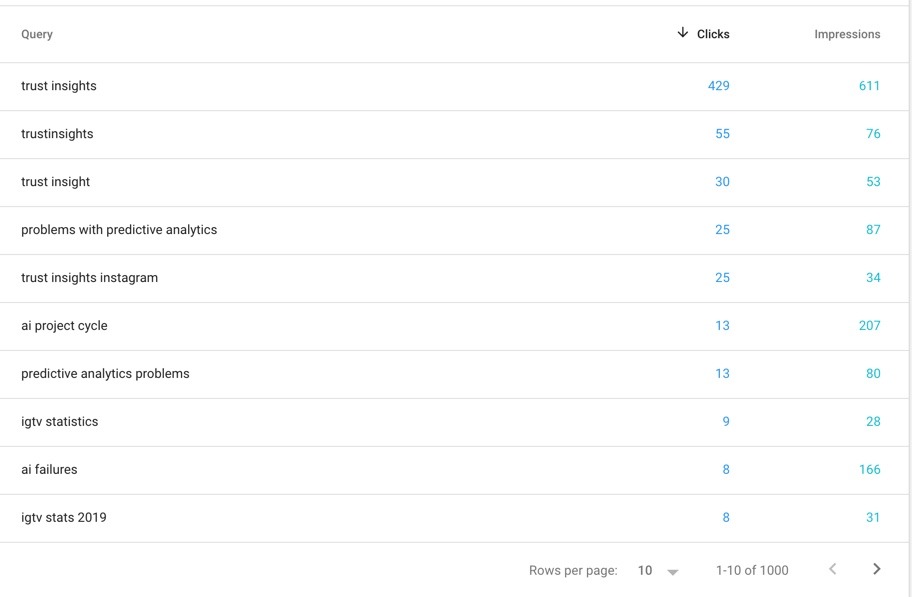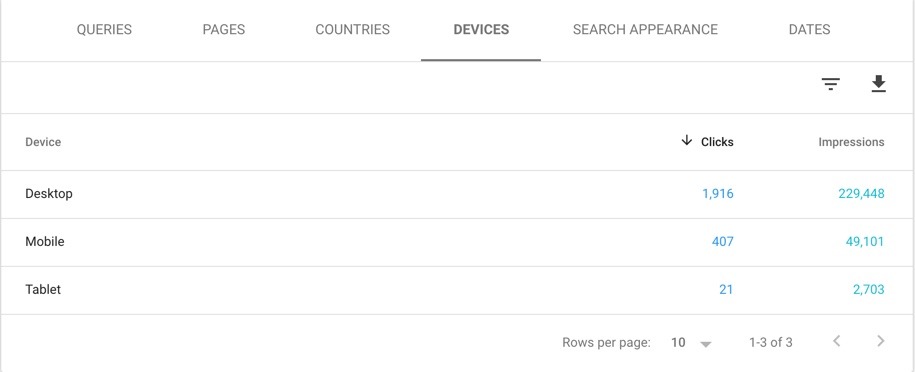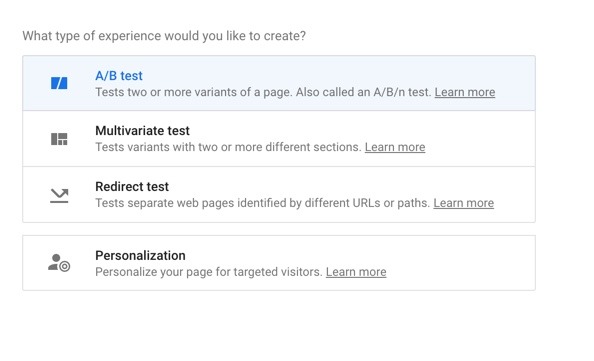Is A/B testing part of your strategic plan? It should be. In part 1, we walked through what A/B testing is and the kinds of things you can test.
Read part 1 here: https://www.trustinsights.ai/blog/2019/10/data-driven-ab-testing-part-1/
Now let’s dive into how to craft your test plan.
What data can you use to inform your test plan?
If you have a website you should have Google Analytics installed to capture metrics about the activity that happens on your site. There are other tools out there like Omniture, but for the purposes of this blog, we’ll focus on Google Analytics. Within Google Analytics you have a wealth of information. One of the easiest metrics to look at is the device type. Where is your audience coming from – desktop, mobile, or tablet? This will inform the type of language you may test. People on mobile may touch or tap, versus people on a desktop that may click.

If you have Google Analytics, you should have Search Console configured as well. Search Console will give you richer data around the terms people are using to find you, as well as what they search for on your website.

You can also use Search Console to see what devices people are using when they are searching for you.

How to A/B test
If you’re using Google Analytics and Google Search Console, the natural choice for running A/B tests is Google Optimize. Using Google Optimize allows you to easily connect to your existing Google accounts for the most efficient experience.
You’ll see that in Optimize you can run multivariate tests, meaning testing more than one thing at a time. This involves more in-depth planning. It can be done but if you’re just getting started I would recommend sticking with A/B testing. You can read more about the other kinds of tests here: https://support.google.com/optimize/answer/7012154

Your other options are off the shelf testing tools (there are lots out there) or creating a test manually. If you decide to run a test manually, for example, you want to test different ad copy to your audience, you just need to make sure you keep proper documentation of your methodology such as the dates of the test, the different ad copy, and which audience is getting which tests.
Where A/B testing goes wrong
- Not planning: If I’ve said it once, I’ve said it a million times – always start with a plan. A plan doesn’t have to be a long, drawn-out process, which is why many people skip the planning stage. There is an assumption that planning gets in the way of action. You can create a simple plan that answers some basic questions of “what’s the goal of this test”, “how will I measure this test” and “do I have the resources to adjust based on the results”.
- Testing too much/too many variables: It can be exciting to start testing to see how people respond. Trying to do too much too fast will derail your test and your hopes of getting clean data and results. Start slowly and get a feel for what the testing looks like and the kinds of results you can achieve.
- Not measuring results/running the test and never adjusting: Why bother testing if you aren’t set up to make changes? Part of your planning process needs to include how you’re going to communicate results and address what you’ve learned.
- Not allowing enough time: You should allow at least two weeks for each test. You won’t find the results you are after in 24hrs – you need to allow for more time.
- Not having enough traffic: If the page you’re testing doesn’t generate much traffic your test will likely be inconclusive.
In part 3 we’ll talk about what to do next and how you can get started.
|
Need help with your marketing AI and analytics? |
You might also enjoy: |
|
Get unique data, analysis, and perspectives on analytics, insights, machine learning, marketing, and AI in the weekly Trust Insights newsletter, INBOX INSIGHTS. Subscribe now for free; new issues every Wednesday! |
Want to learn more about data, analytics, and insights? Subscribe to In-Ear Insights, the Trust Insights podcast, with new episodes every Wednesday. |






